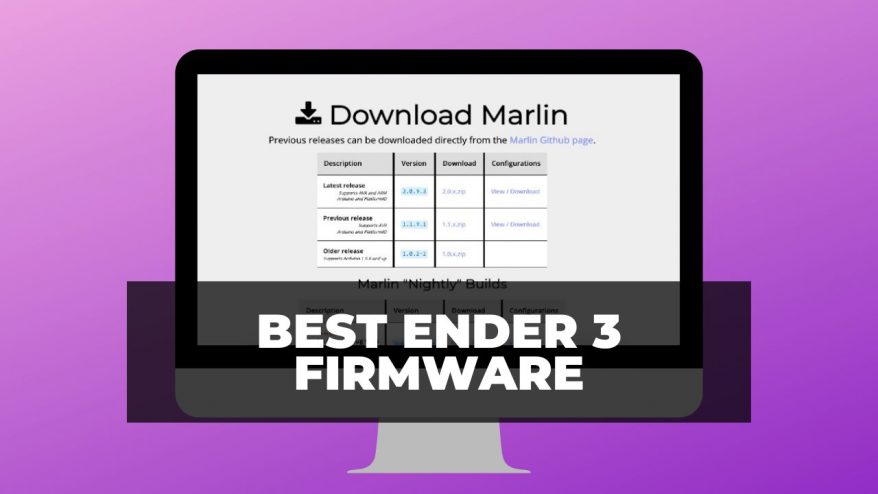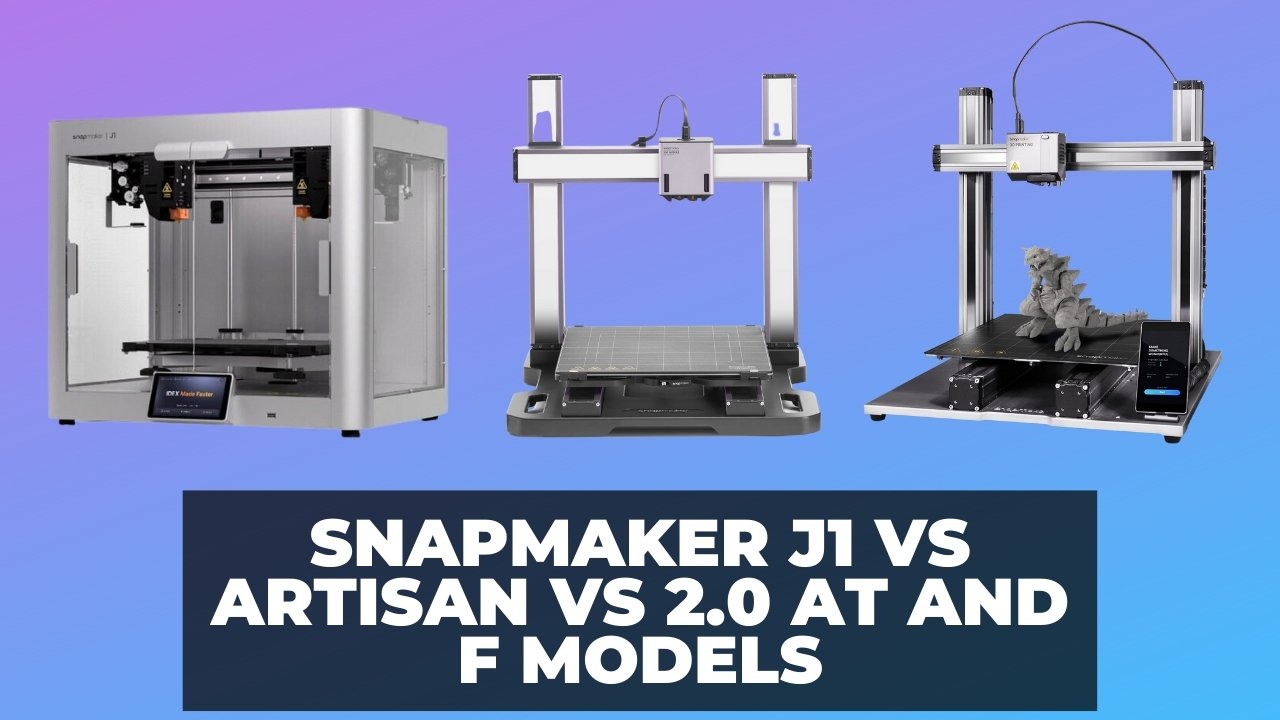
AutoCAD Vs Revit: Which is Best For You?


At 3DSourced we’ve covered everything 3D printing and 3D since 2017. Our team has interviewed the most innovative 3D printing experts, tested and reviewed more than 20 of the most popular 3D printers and 3D scanners to give our honest recommendations, and written more than 500 3D printing guides over the last 5 years.
If you’re a designer, architect, or engineer, you’ve probably heard of both AutoCAD and Revit. They are two of the most popular design software programs on the market. In this comprehensive guide, we will compare and contrast AutoCAD and Revit to help you decide which program is right for you.
Both AutoCAD and Revit are great architectural design software programs. They both have their own unique set of features and benefits. So, which one should you use?
It really depends on your specific needs and preferences. If you need a program that is more versatile and can be used for a variety of different projects, then AutoCAD might be the better choice.
On the other hand, if you’re looking for a program that is specifically designed for building information modeling (BIM), then Revit would be the better option. Let’s now have a look at the overview of each of them.
AutoCAD: An Overview
AutoCAD is a CAD software for creating two-dimensional (2D) and three-dimensional (3D) models of physical objects. It can be used to create both small and large-scale designs, including everything from houses to bridges.
Uses of AutoCAD
- Creating blueprints for buildings or machines
- Planning the layout of electrical systems
- Designing plumbing or irrigation systems
- Drafting plans for landscape projects
- It is used by architects, engineers, interior designers, and other professionals to create detailed drawings.
- Used to create prototypes of designs. This means that users can get a better idea of how a finished product will look.
- The software also includes a range of rendering tools that can be used to create realistic images of three-dimensional objects.
Who Uses AutoCAD?
AutoCAD is used by engineers, architects, interior designers, and other professionals in a variety of industries.
Revit: An Overview
Revit is a Building Information Modeling (BIM) software that allows users to create realistic models of buildings and other structures. Revit is a powerful tool that can help save time and money by providing accurate information for all stakeholders involved in a project.
Uses of Revit
There are many uses for Revit, such as:
- Designing building systems, and managing construction documents.
- Revit can be used for both new projects and renovation work.
- Creating accurate and detailed architectural drawings
- Coordinating with other disciplines to ensure accuracy and avoid conflicts
- Visualizing proposed designs before they are built
- Analyzing energy usage and performance of proposed designs
- Creating photorealistic renderings or generating building information modeling (BIM) data.
Who uses Revit?
Architects, engineers, interior designers, landscape architects, and construction professionals use Revit to create detailed designs and documentation.
Similarities Between AutoCAD and Revit
While AutoCAD and Revit may appear to be different at first glance, there are actually quite a few similarities between the two programs. Here are just a few of the ways they are similar:
- Both AutoCAD and Revit are CAD (computer-aided design) software programs. This means that they are both used to create digital drawings and 3D drawings.
- Both programs can be used for creating architectural drawings, engineering drawings, and other types of technical drawings.
- Both have been developed by Autodesk, Inc., a leading provider of design software.
- You can collaborate with others in both AutoCAD and Revit.
Collaboration option in Revit
Collaboration option in AutoCAD
- Both programs are available in Windows.
- Both programs offer free trials so that you can try them before you buy them.
- Both AutoCAD and Revit offer online tutorials and other resources to help you learn how to use the software.
Here’s a quick overview of some of the key differences between AutoCAD and Revit:
Key Differences Between AutoCAD and Revit
- Year Founded: AutoCAD has been around for much longer than Revit, with the first version being released in 1982. Revit was first released in 1997.
- Pricing: AutoCAD is cheaper: $235 paid on a monthly basis, $1,865 paid annually, and $5,315 paid every three years. Revit on the other costs $335 paid on monthly basis, $2,675 paid annually, or $7,625 paid every 3 years.
- Purpose: AutoCAD is a general drawing software with broad application, and Revit is a documentation and design program. It supports all disciplines and phases in a building project. Additionally, AutoCAD is also more commonly used for two-dimensional (2D)CAD drawing (like the one shown below) while Revit is more suited for three-dimensional (3D) modeling.
Drawings being done in AutoCAD
- How the Files Are Saved: AutoCAD files can be saved in different formats such as DWT, DXF, DWG, etc. Revit files are saved in the RVT format and 3D models are exported in OBJ, FBX, or DAE.
The figure below shows the file formats supported by AutoCAD.
The figure below shows how files are saved in Revit.
Saving Revit design as RTE.
- Platforms Supported: AutoCAD is available for both Windows, Mac, and Web versions while Revit is only compatible with Windows.
- Ease of Learning and User-friendliness: Revit is generally easier to learn than AutoCAD. This is because it was designed specifically to create building designs, while AutoCAD was originally developed as a drafting tool. Because of this, Revit has more intuitive controls that allow you to quickly start designing in 3D space. On the other hand, AutoCAD is still a very powerful tool that allows you to create accurate 2D and 3D drawings. However, it can be more difficult to learn at first than Revit. Because of this, if you plan on working on an architectural project, we recommend starting from Revit and then advancing to AutoCAD.
- Workspace Customization: When it comes to workspace customization, AutoCAD definitely offers more flexibility than Revit. In AutoCAD, you can customize just about any element of the interface, from the toolbars and ribbon to the command line and status bar. You can even create your own custom palettes. In Revit, on the other hand, you’re pretty much limited to modifying the ribbon and toolbar. That said, Revit does offer some unique customization options, such as worksharing monitors and model comparison views. Overall, though, if you’re looking for maximum customization potential, AutoCAD is the better option. The figure below shows an option for customizing the tool palettes in AutoCAD.
- Web Version: AutoCAD has an online version that is synchronized with the offline version. But Revit doesn’t have an online version. To work online, you have to upload your design to an online viewer, and then you can invite others to view it with you. The figure below shows the web version integration in AutoCAD.
- Sharing of Designs: AutoCAD drawings can be easily shared with others via email or social media platforms such as Twitter and Facebook after generating the link. Sharing Revit files requires the use of special software called BIM 360 Field. The figure below shows how you can generate a link to share with others in AutoCAD.
Sharing files in AutoCAD
- Feature Richness: AutoCAD and Revit are both powerful applications for designing and modeling buildings, but AutoCAD is considered to be the more feature-rich software. This is due in large part to the fact that AutoCAD offers advanced tools for everything from 2D drafting and architectural design to 3D modeling, animation, and even programmatic control. Revit, on the other hand, is focused primarily on BIM (Building Information Modeling) and does not offer as many features as other types of design work.
- Users Using the Programs: Due to its complex nature, AutoCAD tends to attract more experienced users who have a greater understanding of CAD technology compared to those who use Revit.
Having looked at the comparison between AutoCAD and Revit, you might be wondering, when should I use each AutoCAD and when should I use Revit? There is no one-size-fits-all answer to this question, as the decision of when to use AutoCAD or Revit depends on the specific needs of the project you are working on. However, some general guidelines can be followed in order to make the right decision.
When Should You Choose AutoCAD?
AutoCAD is a great choice for any type of project that requires the creation or editing of both 2D and 3D drawings. Other specific cases where AutoCAD is the best choice include:
- If you need to work with large, complex drawings and models, AutoCAD is a great tool to help you manage your projects effectively.
- If you need to collaborate with other people on a project, the software’s powerful drawing management tools let you share and update your designs easily.
- If you’re working on an engineering or architectural project that requires precision and accuracy, AutoCAD can help ensure that all your designs are accurate and error-free.
- If you are looking for a tool with a wide range of tools and features to help you create 2D drawings, 3D models, maps, floor plans, engineering designs, architectural plans, and much more easily and efficiently.
When Should You Choose Revit?
Revit is a powerful tool that can be used to create building models and documentation. There are several situations where Revit is an excellent option, such as:
- Creating 3D building models
- Generating construction documents
- When working on detailed structural designs.
- The advanced parametric modeling tools in Revit allow you to create more realistic designs
- If you are a beginner, Revit is the best choice as the interface is user-friendly and doesn’t take much time to learn.
Which Will You Pick?
So, which is the best software for you? AutoCAD or Revit?
The answer to that question depends on your needs as a designer. You can go through the comparison above and you will be able to come to the conclusion on which one is better for you.
Whichever software you decide to use, make sure to invest some time in learning how to use it effectively – that way you can produce high-quality designs that will wow your clients.
Other articles you may be interested in:






















Some really nice stuff on this site, I enjoy it.